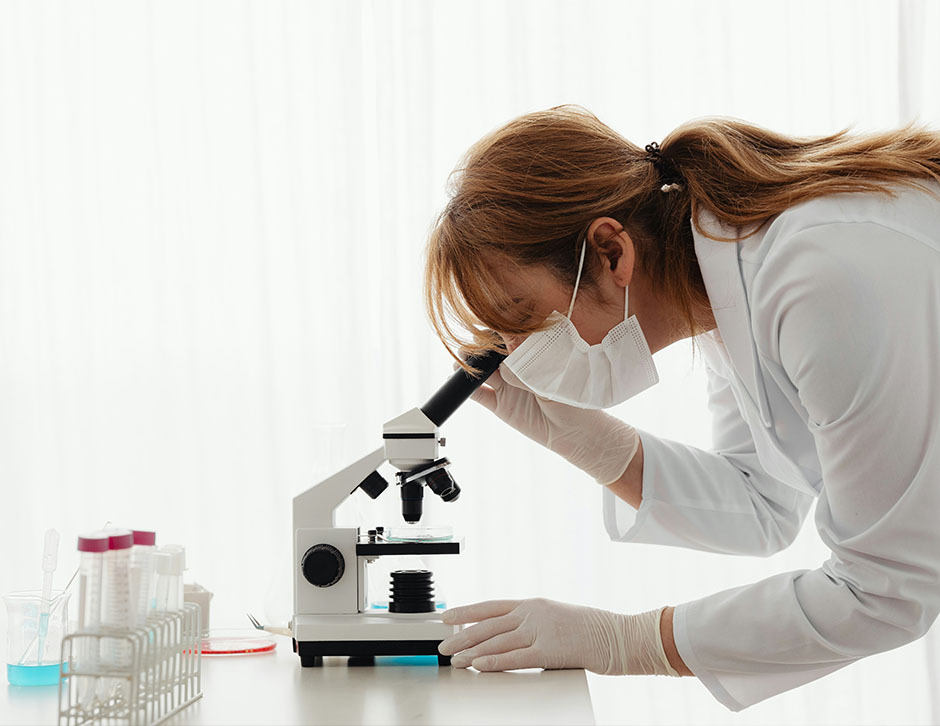
Here’s what we’ll cover in this blog post:
- Results from the latest AgelessRx study
- What is bioavailability
- Best dosing for Rapamycin
- What this means for future studies
Rapamycin has been making waves in longevity research, with recent studies showing extraordinary promise for this impressive intervention. Not only can Rapamycin slow biological aging (the biggest risk factor for age-related diseases), but it’s also extended the lifespan of every organism tested, including worms, mice, flies, and even monkeys.
But what about humans?
While Rapamycin research is burgeoning, many questions remain. One of the biggest unanswered questions is: what’s the optimal dose and formulation of Rapamycin for humans? More specifically, how much is actually being absorbed into the bloodstream?
That’s why the AgelessRx Applied Science team, headed by Stanford graduate Dr. Stefanie Morgan, set out to answer these questions for the greater longevity community in one of the biggest investigations of its kind. Read the results below!
What Is Bioavailability, and Why Does It Matter?
Bioavailability is how much of a particular drug enters the bloodstream when it’s taken. More specifically, bioavailability lets prescribers know how much of a drug needs to be in the bloodstream for it to produce benefits.
When it comes to Rapamycin, researchers don’t have a clear answer to this question. We know Rapamycin could improve healthspan, and we know it improves the lifespan of all organisms tested in scientific studies. We know from clinical studies like the PEARL trial that Rapamycin’s potential benefits range from reduced pain and boosted immunity to improved body composition, promising effects for enhancing human healthspan and reducing the risk of age-related disease.
But Rapamycin remains largely understudied in humans, and researchers are still exploring which doses of Rapamycin are best to replicate the longevity benefits seen in laboratory animals.
Two people taking the same dose may have dramatically different levels of Rapamycin in their blood, which could be the difference between one seeing benefits and the other not. Further, excessive blood levels could lead to unanticipated side effects.
Study Design: Generic vs. Compounded
The Rapamycin Bioavailability study aimed to answer these exact questions using two unique Rapamycin formulations: Generic Rapamycin, using commercially available tablets, or compounded Rapamycin, prepared by a US-licensed, FDA-registered compounding pharmacy.
While Compounded Rapamycin offers greater accessibility and tailored dosing, some scientists have criticized this formulation due to questionable sourcing, quality, and potency. Our study sets out to test whether this concern is justified, and which doses produce the best benefits in humans.
Key findings
- Both Generic and Compounded Rapamycin are absorbed
This debunks the myth around Compounded Rapamycin, showing that this formulation is, in fact, absorbed when sourced from a quality compounding pharmacy, keeping Compounded Rapamycin a viable option. - Generic Rapamycin is ~3x more potent
On average, Generic Rapamycin results in significantly higher blood Rapamycin levels compared to the same dose of Compounded Rapamycin. This suggests that providers may have to adjust to a higher dose of Compounded Rapamycin for similar benefits. - Blood levels vary widely, even with identical dosing
Any two individuals taking identical doses could have vastly different blood Rapamycin levels, regardless of formulation, showing that a single set dose may not always translate to a predictable outcome. This underscores the importance of measuring blood levels when taking Rapamycin to ensure consistent dosing and benefits. - Rapamycin peaks around day 2
Rapamycin blood levels peaked after 2 days and were nearly completely cleared from the blood after 6 days. This sets a crucial timeframe for optimizing dosing schedules and minimizing side effects.
What Does This Mean for the Future of Longevity?
This study highlights a major gap in current longevity protocols: individual variability in Rapamycin absorption. If we want to maximize benefits while minimizing risks, personalized dosing based on measured blood levels will be essential.
At AgelessRx, we recommend that anyone using Rapamycin for longevity regularly monitor Sirolimus blood levels. This will allow us to refine dosing strategies, associate blood levels with improvements in different aspects of health. Ultimately, this also moves us toward a future where Rapamycin protocols are optimized for each individual based on their unique biology, goals and lifestyle—bringing us one step closer to true personalized longevity medicine.
Not sure whether Generic or Compounded Rapamycin is right for you? Get started with a free medical intake to explore your options and get connected with an expert provider. If approved, your provider will prescribe the right protocol that fits your longevity needs.
New Rapamycin patients may also be invited to new research opportunities. If you’re interested, explore our planned research efforts and see how you can participate in upcoming longevity research, so you can help others champion their own health in the future and help fuel our efforts to practice personalized longevity medicine.
Note: The above statements have not been evaluated by the Food and Drug Administration. This product is not intended to diagnose, treat, cure, or prevent any disease.
